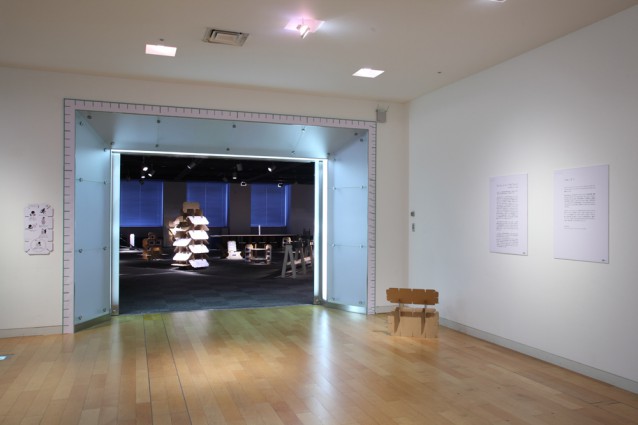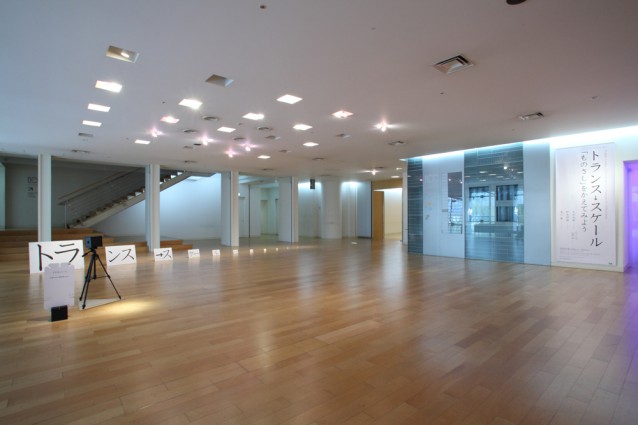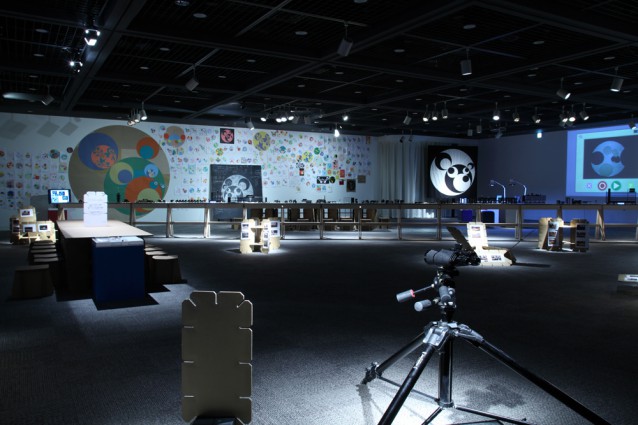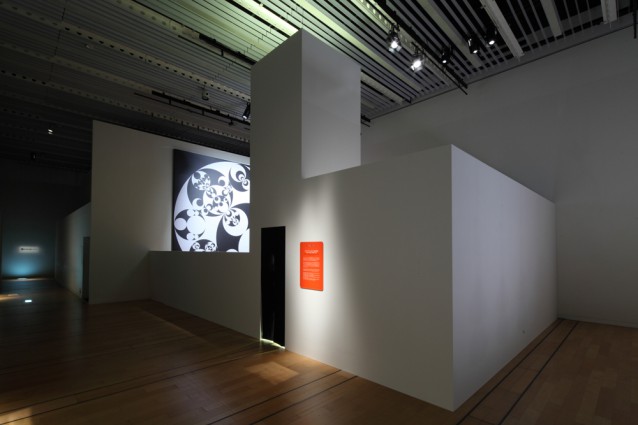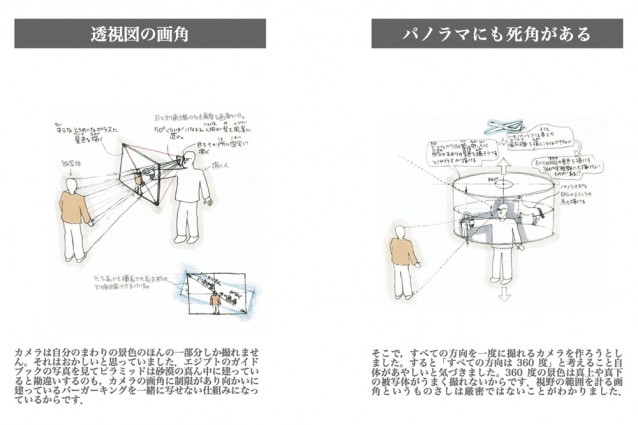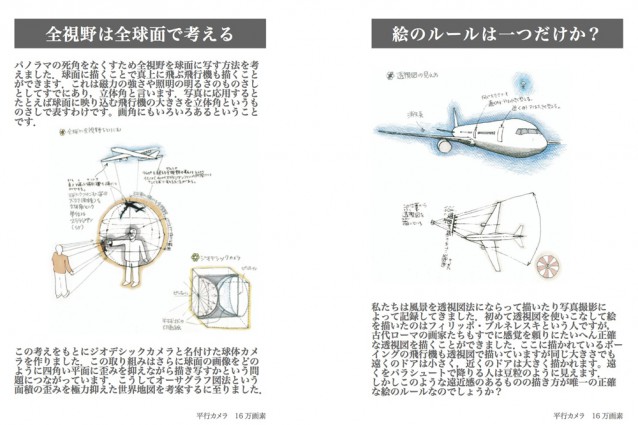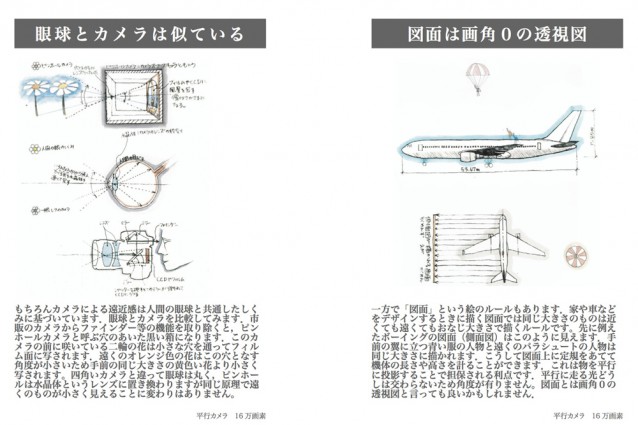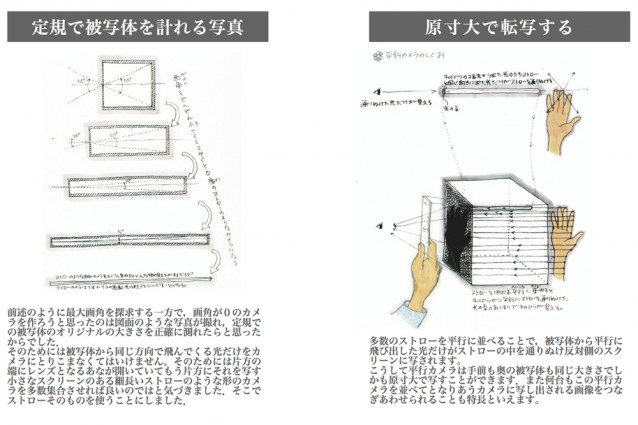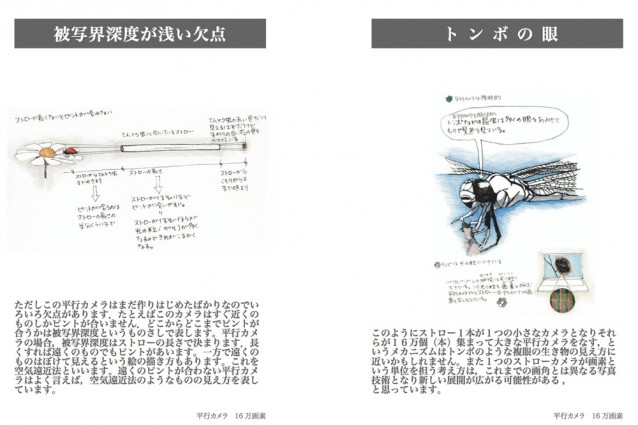TRANS-SCALE CONCEPT
TRANS-SCALE is a group of designers to find unique 'scales' which may change how we see or understand our world. Three genre-defying designers use distinctive 'scales' to present different visions for seeing the world. Both the exhibition and workshops are opportunities to use our hands and eyes to think about what kind of 'scales' we use to see the world.
*Text from exhibition introduction of the ICC Kids Program 2011.
participating designers: Nagaoka Ben, Terada Naoki, Tokoro Asao and Narukawa Hajime
*Text from exhibition introduction of the ICC Kids Program 2011.
participating designers: Nagaoka Ben, Terada Naoki, Tokoro Asao and Narukawa Hajime
Photo from the ICC Kids Program 2011 "Trans-scale: Changing our frames of reference."
photo: KIOKU Keizo/ ICC
photo: KIOKU Keizo/ ICC
Photo from the ICC Kids Program 2011 "Trans-scale: Changing our frames of reference."
photo: KIOKU Keizo/ ICC
photo: KIOKU Keizo/ ICC
Photo from the ICC Kids Program 2011 "Trans-scale: Changing our frames of reference."
photo: KIOKU Keizo/ ICC
photo: KIOKU Keizo/ ICC
Photo from ICC OPEN SPACE 2011 TRANS SCALE 02, Rooms of Ratio
photo: KIOKU Keizo/ ICC
photo: KIOKU Keizo/ ICC
CONCEPT of PARALLEL CAMERA and GOEDESIC CAMERA
We shoot a camera by framing the best angle. I found it is strange and inconvenient. For instance, Every guide book introduce the Pyramid with the best-angle-photos as if it stands in the middle of a desert. That is how some of us are disappointed when we visit the Pyramid and find a BURGER KING on the other side of Pyramid.
CONCEPT of PARALLEL CAMERA and GEODESIC CAMERA
There exists a solution for capturing a whole view field, panorama which can capture 360 degrees. But again I wondered if this 360 degrees covers whole view field since it can not capture an object right above or beneath camera.
We shoot a camera by framing the best angle. I found it is strange and inconvenient. For instance, Every guide book introduce the Pyramid with the best-angle-photos as if it stands in the middle of a desert. That is how some of us are disappointed when we visit the Pyramid and find a BURGER KING on the other side of Pyramid.
CONCEPT of PARALLEL CAMERA and GEODESIC CAMERA
There exists a solution for capturing a whole view field, panorama which can capture 360 degrees. But again I wondered if this 360 degrees covers whole view field since it can not capture an object right above or beneath camera.
CONCEPT of PARALLEL CAMERA and GEODESIC CAMERA
In 1999, I constructed an analogue camera which can at once capture a whole view field on a spherical surface. In the field of electromagnetism and lighting it is already known that this idea to capture whole view on a sphere and the idea to express amount of view field, instead of 360 degrees' concept, by measuring a surface area on the sphere. It is called 'solid angle.'
This research and development led me to develop a projection method, 'AuthaGraph' afterward.
In 1999, I constructed an analogue camera which can at once capture a whole view field on a spherical surface. In the field of electromagnetism and lighting it is already known that this idea to capture whole view on a sphere and the idea to express amount of view field, instead of 360 degrees' concept, by measuring a surface area on the sphere. It is called 'solid angle.'
This research and development led me to develop a projection method, 'AuthaGraph' afterward.
CONCEPT of PARALLEL CAMERA and GEODESIC CAMERA
Besides, the mechanism of perspective and camera is very similar to the mechanism of our eyeball. By simplifying a camera, it becomes a pinhole camera with a tiny pinhole. A flower near the camera is projected as bigger image and the other with a distance as a smaller image. The size of images corresponds to the angle between the flower and the pinhole. Wider angle, the image is bigger. Our eyeball has same mechanism though the eye ball shapes sphere not square plane. That is how a closer object looks bigger.
Another method, elevation know as an architectural drawing uses different rules. When there are two persons (same height,) an elevation describes them in same height wherever they stand (near or far.) The elevation projects objects parallel to the canvas so as to measure figures by scale. But there was no camera to photograph it like the elevation depicts.
Besides, the mechanism of perspective and camera is very similar to the mechanism of our eyeball. By simplifying a camera, it becomes a pinhole camera with a tiny pinhole. A flower near the camera is projected as bigger image and the other with a distance as a smaller image. The size of images corresponds to the angle between the flower and the pinhole. Wider angle, the image is bigger. Our eyeball has same mechanism though the eye ball shapes sphere not square plane. That is how a closer object looks bigger.
Another method, elevation know as an architectural drawing uses different rules. When there are two persons (same height,) an elevation describes them in same height wherever they stand (near or far.) The elevation projects objects parallel to the canvas so as to measure figures by scale. But there was no camera to photograph it like the elevation depicts.
CONCEPT of PARALLEL CAMERA and GEODESIC CAMERA
I got interested in developing a camera which can photograph an object's elevation. "Parallel camera" allows us to measure the height and width like you do on an elevation. For demonstrating parallel projection, it uses very thin camera like straw with very narrow angle, almost 0 degrees. I arrange them parallel to each other. Thus the box of parallel camera translates an object by keeping its original size and shape no matter if they are near or far from camera.
I got interested in developing a camera which can photograph an object's elevation. "Parallel camera" allows us to measure the height and width like you do on an elevation. For demonstrating parallel projection, it uses very thin camera like straw with very narrow angle, almost 0 degrees. I arrange them parallel to each other. Thus the box of parallel camera translates an object by keeping its original size and shape no matter if they are near or far from camera.
CONCEPT of PARALLEL CAMERA and GEODESIC CAMERA
The installation, PARALLEL CAMERA is still a prototype. And has a defect. Its focal depth is too shallow. It blurs image if objects are too far from the camera. I found if I use narrower and/or longer straw, the focal depth becomes deeper. Besides, a law of another perspective known as arial perspective uses the effect of the blur in proportion to its distance.
The idea of thousands of small cameras representing only a pixel respectively comes from mechanism of a compound eye a dragonfly has. The installation was an experiment to find how we see the world when we get different eyes.
The installation, PARALLEL CAMERA is still a prototype. And has a defect. Its focal depth is too shallow. It blurs image if objects are too far from the camera. I found if I use narrower and/or longer straw, the focal depth becomes deeper. Besides, a law of another perspective known as arial perspective uses the effect of the blur in proportion to its distance.
The idea of thousands of small cameras representing only a pixel respectively comes from mechanism of a compound eye a dragonfly has. The installation was an experiment to find how we see the world when we get different eyes.

















